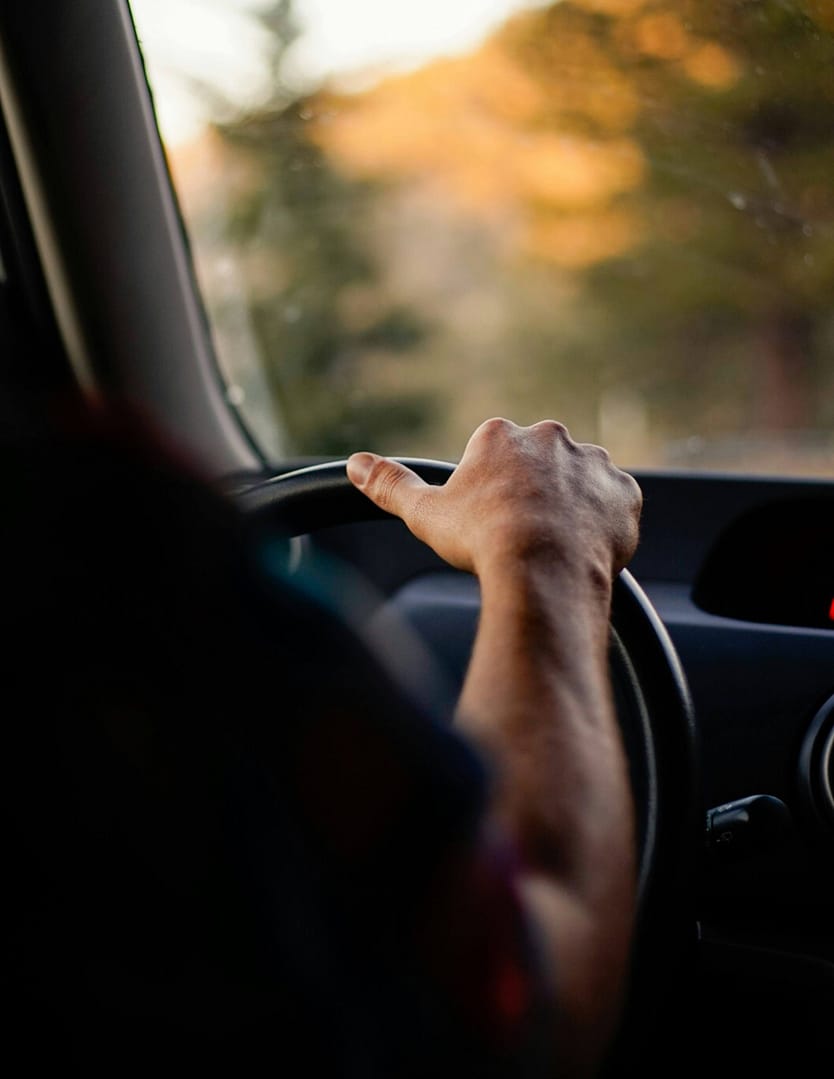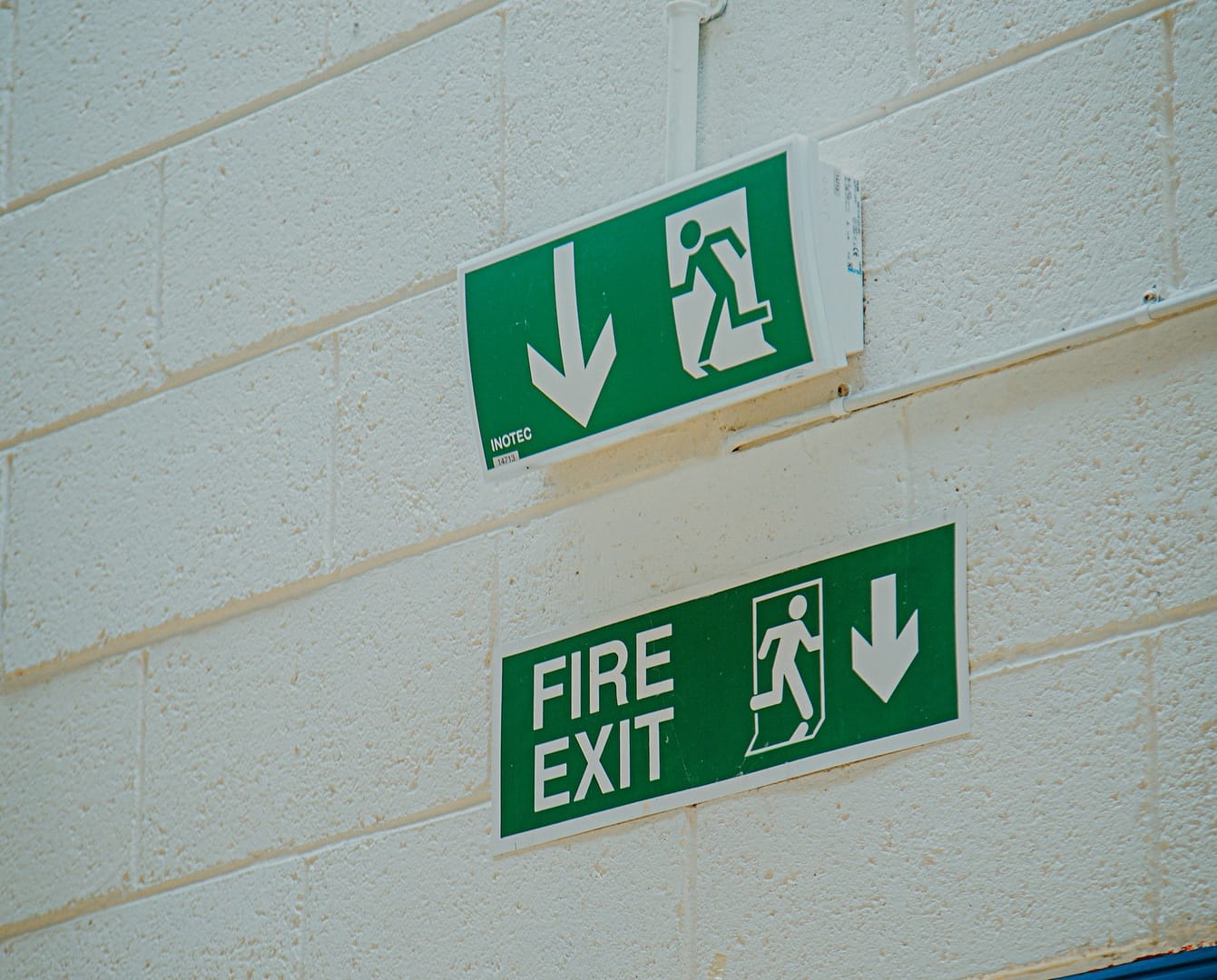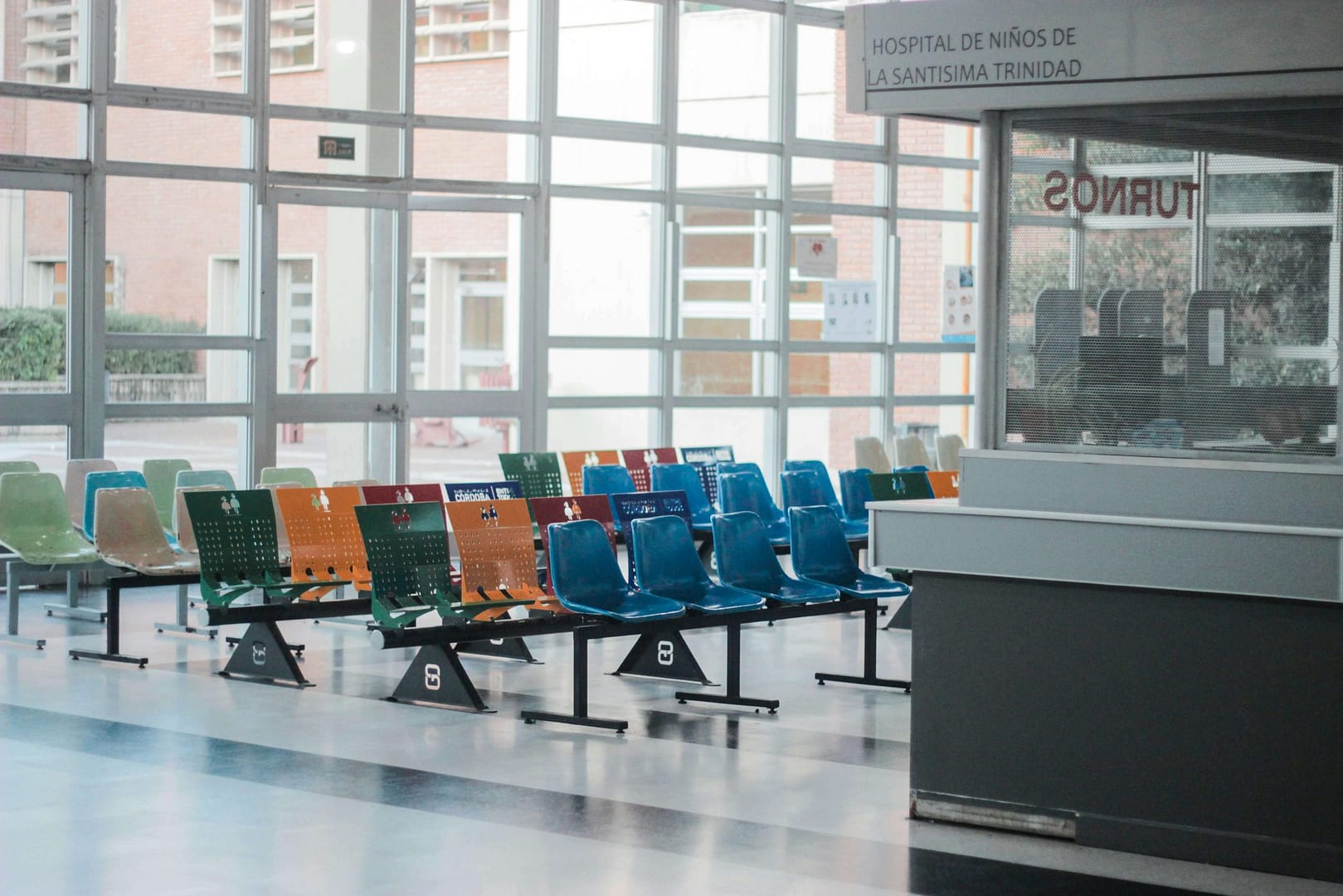In the vibrant tapestry of life, public events stand as colourful threads, weaving communities together in shared experiences. From music festivals to sports matches, these gatherings create memories that linger long after the cheers have faded. However, amidst the excitement, there’s an unspoken concern that echoes through the crowd: what happens when joy turns into injury, and who bears the responsibility for a personal injury?
The Dance of Responsibility
The rhythm of responsibility at public events is a delicate dance, where event organisers, venue owners, and even attendees share the floor. The key to understanding this dance lies in unravelling the concept of duty of care.
The Duty of Care in Event Planning
Duty of care is the cornerstone of any public event. Picture this: the stage is set, the lights are dimmed, and the anticipation is palpable. As the event unfolds, organisers have a legal and moral obligation to ensure the safety and well-being of attendees. This duty encompasses everything from crowd control and security to the maintenance of facilities.
Consider the scenario of a music festival. The duty of care requires organisers to assess potential risks, implement safety measures, and communicate emergency procedures effectively. From first aid stations to crowd management strategies, every detail plays a role in fulfilling this duty.
The Organisers’ Responsibility
When it comes to injuries at public events, the spotlight often shifts to the organisers. They are the conductors of this symphony, orchestrating every element to ensure a seamless and secure experience.
Risk Assessment: Before the first note is played or the ball is kicked, organisers must conduct a comprehensive risk assessment. This involves identifying potential hazards, evaluating the crowd’s size, and planning for emergencies. Neglecting this crucial step could expose attendees to unnecessary risks.
Security Measures: The responsibility extends to implementing robust security measures. This includes having a visible and competent security presence, ensuring bag checks are thorough, and monitoring the crowd for signs of distress or unruly behaviour. Adequate security is the frontline defence against injuries.
Communication is Key: In the chaos of a crowded event, communication can be a lifeline. Organisers bear the responsibility of disseminating clear and concise information, be it about emergency exits, medical facilities, or potential hazards. A well-informed crowd is better equipped to navigate unforeseen challenges.
Unravelling the Web of Responsibility
While organisers play a pivotal role, the responsibility web extends to other players in the event arena.
The Venue’s Role
The venue, akin to a silent partner, holds a share of the responsibility. Whether it’s a stadium, concert hall, or open field, the venue must meet safety standards and provide an environment conducive to the event’s nature.
Infrastructure: Adequate infrastructure is paramount. From well-maintained seating to properly lit walkways, the venue’s physical attributes directly impact the safety of attendees. Failure to address these aspects can lead to slips, trips, and falls, resulting in injuries.
Emergency Services: Additionally, the venue must have a contingency plan in place. Access to emergency services, medical facilities, and evacuation routes should be seamless. This collaborative effort between organisers and venue owners ensures a comprehensive safety net.
Attendees’ Accountability
In this dance of responsibility, attendees are not mere spectators; they are active participants. While organisers and venues set the stage, attendees must adhere to certain responsibilities to safeguard themselves and others.
Personal Responsibility: Attendees should be mindful of their own safety. This includes staying hydrated, respecting boundaries, and being aware of emergency exits. Personal responsibility is the foundation upon which the collective safety of the crowd rests.
Reporting Concerns: If an attendee observes a potential hazard or witnesses unsafe behaviour, reporting it promptly contributes to the overall safety of the event. Attendees are the eyes and ears of the crowd, and their vigilance enhances the effectiveness of security measures.
Legal Ramifications
Understanding the dynamics of responsibility is not merely a moral obligation; it carries legal ramifications. In the UK, as in many jurisdictions, negligence in fulfilling the duty of care can result in legal consequences.
Legal Consequences for Organisers
Organisers can be held liable for injuries if negligence can be proven. This includes situations where a reasonable standard of care was not maintained, leading to foreseeable harm. Legal actions can result in compensation claims, tarnished reputations, and, in extreme cases, the suspension of future events.
Venue Liability
Similarly, venues can face legal repercussions for failing to meet safety standards or neglecting maintenance. From structural defects to inadequate security, any lapse can translate into legal troubles.
Attendees’ Rights
On the flip side, attendees have rights. If they sustain injuries due to the negligence of organisers or venues, they are entitled to seek compensation for medical expenses, lost wages, and emotional distress.
Making a Personal Injury Claim with National Claims
In the unfortunate event of an injury at a public gathering, seeking compensation becomes crucial. National Claims understands the complexities surrounding public event injuries and stands ready to guide you through the claims process.
Expert Guidance: Our team of experienced professionals specialises in personal injury claims related to public events. We navigate the legal landscape, ensuring that your rights are protected.
Documentation Assistance: From gathering evidence to filing paperwork, National Claims provides comprehensive assistance. We understand the importance of a thorough and well-documented claim.
Negotiation and Settlement: Our experts excel in negotiation. We strive to secure a fair settlement for your injuries, taking into account medical expenses, lost income, and emotional distress.

Conclusion: A Collective Responsibility
As the curtains draw on the event, the responsibility lingers. Injuries at public events are not isolated incidents but rather a reflection of the collective commitment to safety. The dance of responsibility involves organisers, venues, and attendees moving in harmony to create an environment where enjoyment is not overshadowed by risks.
In the kaleidoscope of public events, each element plays a crucial role, and the responsibility is a shared endeavour. From meticulous event planning to conscientious attendees, everyone contributes to the safety narrative. So, the next time you find yourself in the midst of a joyous crowd, remember that the responsibility for a secure and enjoyable experience rests not on one, but on the shoulders of many.
Find out more about starting a personal injury claim by contacting us and speak to one of our claims specialists.
Click below to see why we are one of the most trusted claims management companies in the UK.

We’re proud of our excellent customer reviews
We thrive on delivering exceptional service and ensuring our clients’ satisfaction. Don’t just take our word for it. Check out some of our independent reviews to see what our clients have to say.
Excellent

This firm is excellent, they sorted out my car pay out and injury claim very fast, they always communicate with you all the time.

My accident case was dealt with confidence and with great result of the outcome, especially James kept me informed all the time.

I was very impressed at the way my inquiry was treated. I was listened to attentively and everything I needed to know was explained to me.






